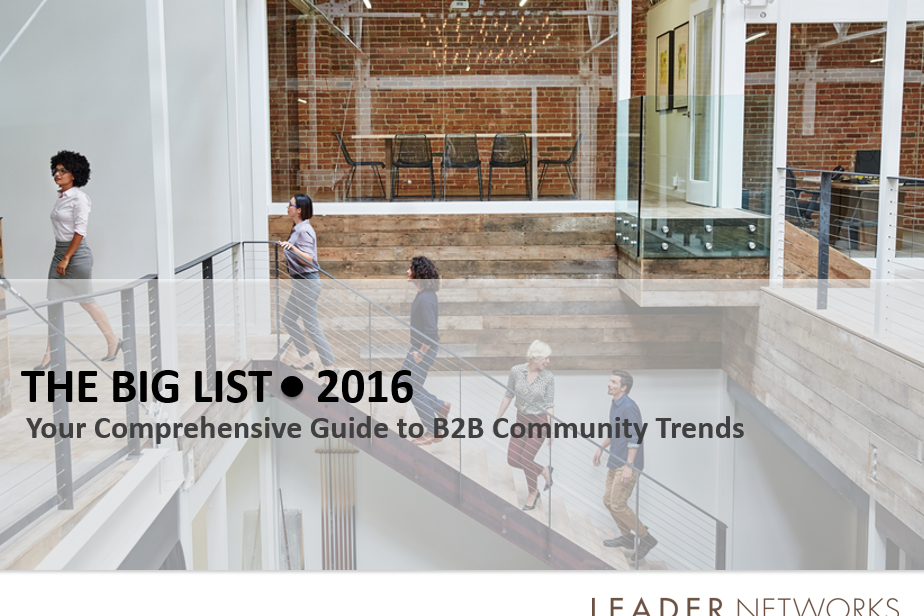 You wouldn’t throw a party and not invite your closest friends, would you? You might even encourage them to come a wee bit early, right? The other guests who may not know you as well might feel a bit awkward to arrive on time and be the very first ones there. So why not ask your buddies to come early? You can even ask them to bring a bottle of wine or a dessert, or suddenly need to borrow their table cloth or punch bowl. The really good friends even stay after the party to help do the dishes. I think these are key ingredients to successful party-giving.
You wouldn’t throw a party and not invite your closest friends, would you? You might even encourage them to come a wee bit early, right? The other guests who may not know you as well might feel a bit awkward to arrive on time and be the very first ones there. So why not ask your buddies to come early? You can even ask them to bring a bottle of wine or a dessert, or suddenly need to borrow their table cloth or punch bowl. The really good friends even stay after the party to help do the dishes. I think these are key ingredients to successful party-giving.
Knowing this, I wonder why so many organizations launch their online communities without the assistance and involvement of a beta group? Why is this so important?
- Beta groups serve a critical function during the initial phases of a new online community. Inviting a hand-selected group of people to experience the community prior to launch leads to a number of wonderful benefits to the community: the member directory, discussion groups and polls start to buzz with activity, so when the doors are opened to new members at the formal launch there are plenty of signs of life already.
- Beta group members can also become a leadership team to help you steady the uncertain dynamics of the post-launch period to ensure there are people dedicated to the community’s success.
- Beta members are much more likely to link to others and respond to questions in the forums after launch because they already have a vested interest in the outcomes of the community.
- They can also serve as community spokespersons, offering testimonials and generating peer referrals.
- The early arrivals even perform the function for which the term “beta” was coined — pointing out problems and issues with the community platform that the community owner may not recognize. We’ve all had the experience of talking to someone at our party who asks “Why is that … over there?” — and realizing that whatever-it-is really shouldn’t be over there, after all! We all get accustomed to our environments, virtual and otherwise, but what we’re accustomed to many not offer the best experience for new community members.
These are just a few of the “why do I need one?” reasons for a beta group. Now for the “how do I get one?” steps.
Keep the party metaphor foremost in your mind — you don’t want total strangers arriving at your party early! A good way to form a beta membership team is to select candidates from specific segments: friends of the firm, favorite clients, former (non-competing) colleagues, even a few industry opinion leaders. Depending on the anticipated size of the community by the end of the first year, the beta group size can range from 25 to several hundred. It’s really up to you, based on your organization’s ability to handle a well-structured beta program.
I like to create a fancy title for the beta group — founding members, ambassadors, pioneers, charter members — to formalize and confer some authority on the program and its members.
Then follow up with individualized written invitations (yes, you can even use paper!) which sets out the program’s goals, benefits and member responsibilities, such as:
- Why were they selected?
- How long with the beta group run?
- What kind of participation is expected of them?
- What rewards or benefits will they receive from participating?
Next, create a kickoff event with the group so they can learn more about the community before committing themselves. This could be a webinar, a screen-share session, even a closed-door meeting at an industry gathering. This kind of group orientation gives candidates a chance to see they are in good company, part of a select group, which can help motivate participation.
Make it easy for them to participate. Provide them with access to the community and do whatever it takes to be sure their experience is a positive one. For example:
- Give them brief suggestions of things to do first. Don’t leave them guessing.
- Define a set of activities around the community objectives. Then, monitor their progress.
- Specify the parts of the community that might need help. Actively solicit their opinions on these areas.
- Divide up the tasks. Ask some to create a profile, others to link to other members and so on.
- If the community has a private group feature, create one for beta members. They can join and share feedback about the community with each other — and you. This can reduce email clutter and redundant communication on issues while revealing shared concerns that might not rise to the surface individually.
- If some members are subject matter experts in the community’s topic area, invite them to contribute content or be interviewed as a featured member.
- Always follow up. With a small beta group, schedule voluntary phone calls with each member to get their impressions of the community. What did they like the best? What challenges did they experience? What was missing from the community that they expected to see?
- The most important thing to remember is that you need the good will of your beta members far more than they need you. So be especially grateful and undemanding when conveying your needs on behalf of the community.
Finally, don’t forget to thank them, and I mean really thank them for their gift of time. This doesn’t mean payment, which detracts from the aura of the beta group as your pre-party posse. Instead, take the time to write a note, recommend them on LinkedIn, post a public tweet or comment of thanks on a social site — if appropriate — and give them a badge or special tag within the new community. Yes, a modest Amazon gift card is also nice. You want to let them — and the world — know they are truly one of the elite: a community pioneer!
Warning: Attempt to read property "base" on array in /home3/trusten9/public_html/leadernetworks/wp-content/plugins/wp-user-profile-avatar/shortcodes/wp-user-profile-avatar-shortcodes.php on line 665
Warning: Attempt to read property "base" on array in /home3/trusten9/public_html/leadernetworks/wp-content/plugins/wp-user-profile-avatar/shortcodes/wp-user-profile-avatar-shortcodes.php on line 665
Warning: Attempt to read property "base" on array in /home3/trusten9/public_html/leadernetworks/wp-content/plugins/wp-user-profile-avatar/shortcodes/wp-user-profile-avatar-shortcodes.php on line 665
Warning: Attempt to read property "base" on array in /home3/trusten9/public_html/leadernetworks/wp-content/plugins/wp-user-profile-avatar/shortcodes/wp-user-profile-avatar-shortcodes.php on line 665
Related Posts
November 7, 2016
Survey: Can you show the business impact of your online community?
“The Business Impact of Online Communities” study
October 11, 2016
7 Key Trends in Online B2B Customer Communities
The Big List of B2B Online Customer Communities is the most comprehensive list…
December 15, 2015
Why Inclusive Marketing should be on Your Agenda for 2016
Your guide to doing inclusive marketing - the right way!
3 Comments
Add comment Cancel reply
This site uses Akismet to reduce spam. Learn how your comment data is processed.



This feels spookily familiar to some of the stuff I’ve written in the past.
This feels spookily familiar to what I’ve done as a community manager from 2006-2010. 😉 Good points, I didn’t call it a beta group, they had a name for their own. 🙂
i am so glad that this approach is resonnating with other experienced community managers. thanks so much for leaving a comment about your experiences. it is so important to get the community started off on the right foot as you mention in your blog post . The art of community is reLly starting to be defined and well articulated which helps so many new managers succeed. when i first started writing about these topics in academic journals in the 1990’s there were so few of us but through our constant and clear discussions we can raise awareness and help develop best practices for the profession. all the best!
Vanessa